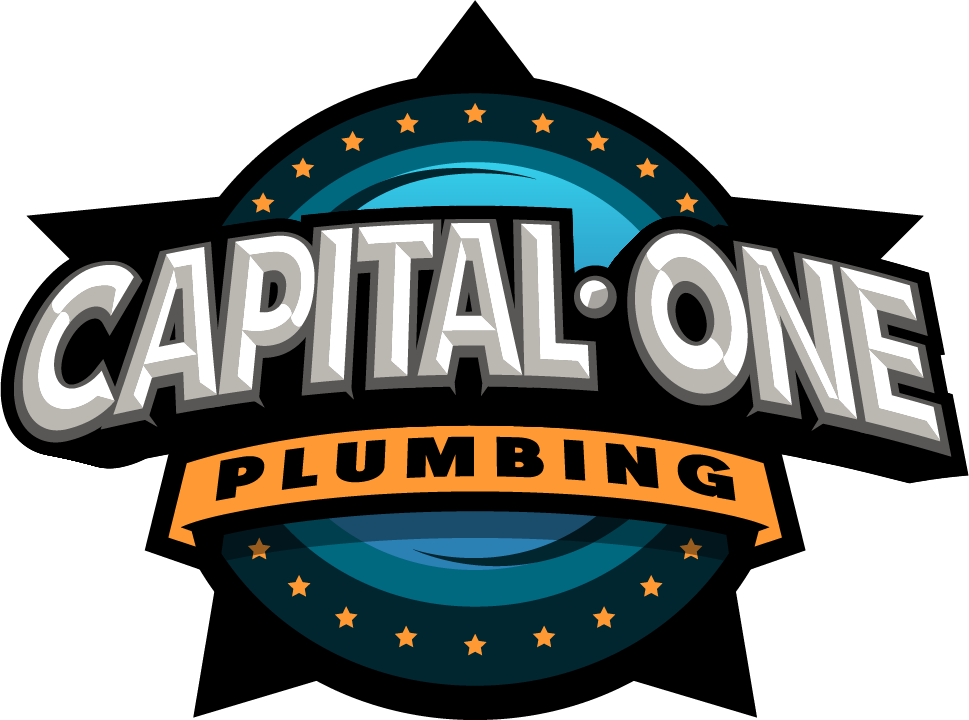Introduction to New Construction Plumbing
New Construction Plumbing is a crucial part of any building project, ensuring a steady water supply, effective drainage, and proper gas line installation. Whether it’s a residential home or a commercial building, the plumbing system forms the backbone of a comfortable, functional space. Professional new construction plumbing not only guarantees efficient water flow but also prevents future issues, saving time and costs in the long run.
Plumbing in new construction requires detailed planning, skilled installation, and thorough inspections to comply with local building codes. This guide covers every aspect of new construction plumbing, from system design to material selection and final installation, ensuring a seamless and efficient process.
Key Components of New Construction Plumbing
A well-designed plumbing system consists of several vital components, each playing a specific role in delivering water and managing waste. Let’s explore the essential elements of new construction plumbing:
1. Water Supply System
The water supply system delivers fresh water to different parts of the building. It includes:
- Pipes: Carry water from the main supply to fixtures and appliances.
- Fixtures: Sinks, showers, bathtubs, and dishwashers.
- Water Pressure Management: Ensures consistent and adequate water pressure.
2. Drainage System
The drainage system removes wastewater and prevents contamination. Key components include:
- Sewer Lines: Transport waste to municipal systems or septic tanks.
- Vents: Maintain air pressure and prevent sewer gases from entering the building.
- Traps: Block odors and ensure smooth drainage.
3. Gas Lines
Gas line installation is part of the plumbing process, providing fuel for heating systems, stoves, and water heaters. Proper installation ensures safety and efficiency.
4. Plumbing Fixtures
High-quality fixtures enhance functionality and aesthetics. Common fixtures include:
- Toilets: Efficient flushing systems.
- Sinks: Kitchen and bathroom varieties.
- Showers and Bathtubs: Providing comfort and convenience.
Phases of New Construction Plumbing
New construction plumbing unfolds in multiple stages, ensuring a comprehensive and code-compliant system.
1. Design and Planning
A well-thought-out plan forms the foundation of an efficient plumbing system:
- Blueprinting: Detailed layout of pipes, fixtures, and systems.
- Load Calculation: Ensuring adequate water pressure and drainage capacity.
- Code Compliance: Meeting local building regulations.
2. Rough-In Plumbing
During the rough-in phase, plumbers install the basic framework before walls and floors go up:
- Pipe Installation: Placing water and drainage pipes.
- Gas Line Setup: Safe and strategic placement.
- Vent System: Ensuring proper airflow for waste removal.
3. Final Installation
The finishing phase brings the plumbing system to life:
- Fixture Mounting: Attaching sinks, toilets, and showers.
- Water Heater Connection: Ensuring a steady hot water supply.
- Appliance Hookups: Connecting dishwashers and washing machines.
4. Inspection and Testing
Thorough inspections guarantee safety and efficiency:
- Pressure Tests: Checking for leaks and stability.
- Flow Tests: Ensuring consistent water supply and drainage.
- Code Inspection: Verifying compliance with local laws.
Materials Used in New Construction Plumbing
Choosing the right materials ensures durability and performance:
- Pipes: Copper, PVC, PEX, and galvanized steel.
- Fittings and Valves: Ensuring tight, leak-proof connections.
- Insulation: Protecting pipes from temperature fluctuations.
Benefits of Professional New Construction Plumbing
Hiring experienced plumbers for new construction projects offers numerous advantages:
- Proper System Design: Efficient water flow and waste management.
- Future-Proofing: Preventing costly repairs and upgrades.
- Code Compliance: Meeting safety and legal standards.
- High-Quality Workmanship: Durable and reliable installations.
Common Challenges in New Construction Plumbing
Building a new plumbing system comes with its share of challenges:
- Coordination: Working alongside other contractors.
- Design Changes: Adapting to evolving plans.
- Timeline Management: Keeping the project on schedule.
- Ensuring Reliability: Avoiding future maintenance issues.
Choosing the Right Plumbing Contractor
Selecting the right plumber is crucial for project success:
- Experience: Specialization in new construction projects.
- Licensing and Certification: Meeting legal and safety standards.
- Reputation: Positive client feedback and proven reliability.
- Warranty and Service: Long-term support and guarantees.
Conclusion
New construction plumbing plays a vital role in the functionality and longevity of any building. From system design to final inspections, every phase requires expertise and attention to detail. By hiring professional plumbers and using high-quality materials, you ensure an efficient, durable plumbing system that meets all safety and legal standards. Investing in premium plumbing services today saves you from future headaches, providing a comfortable and problem-free environment for years to come.

